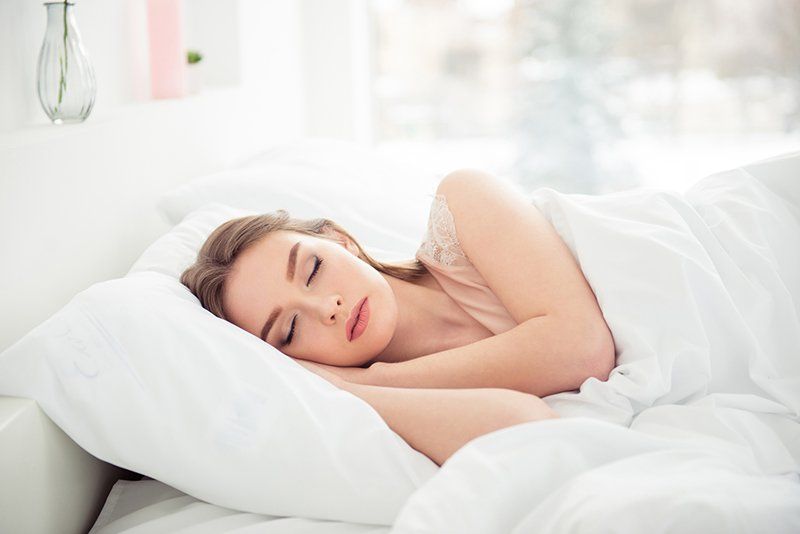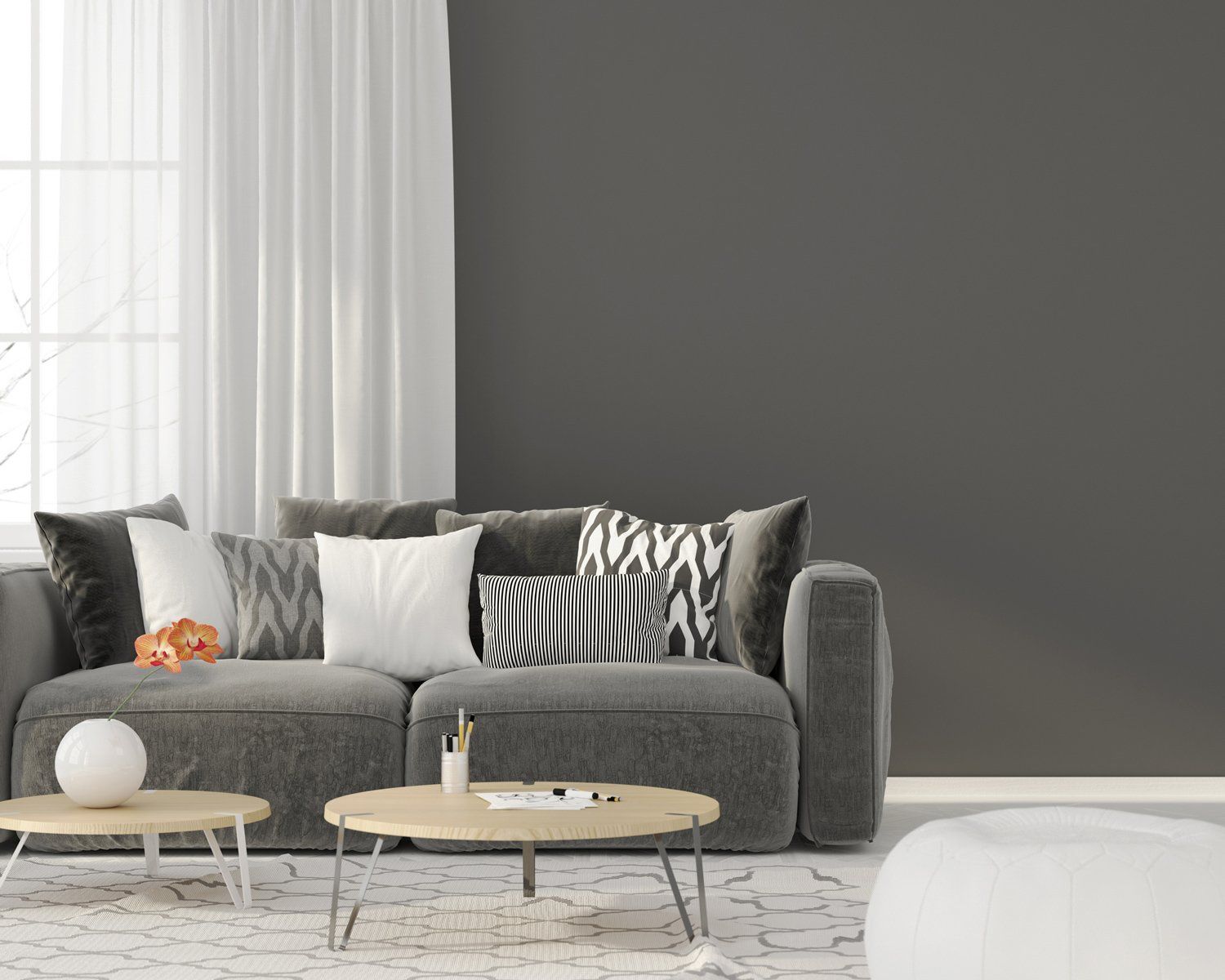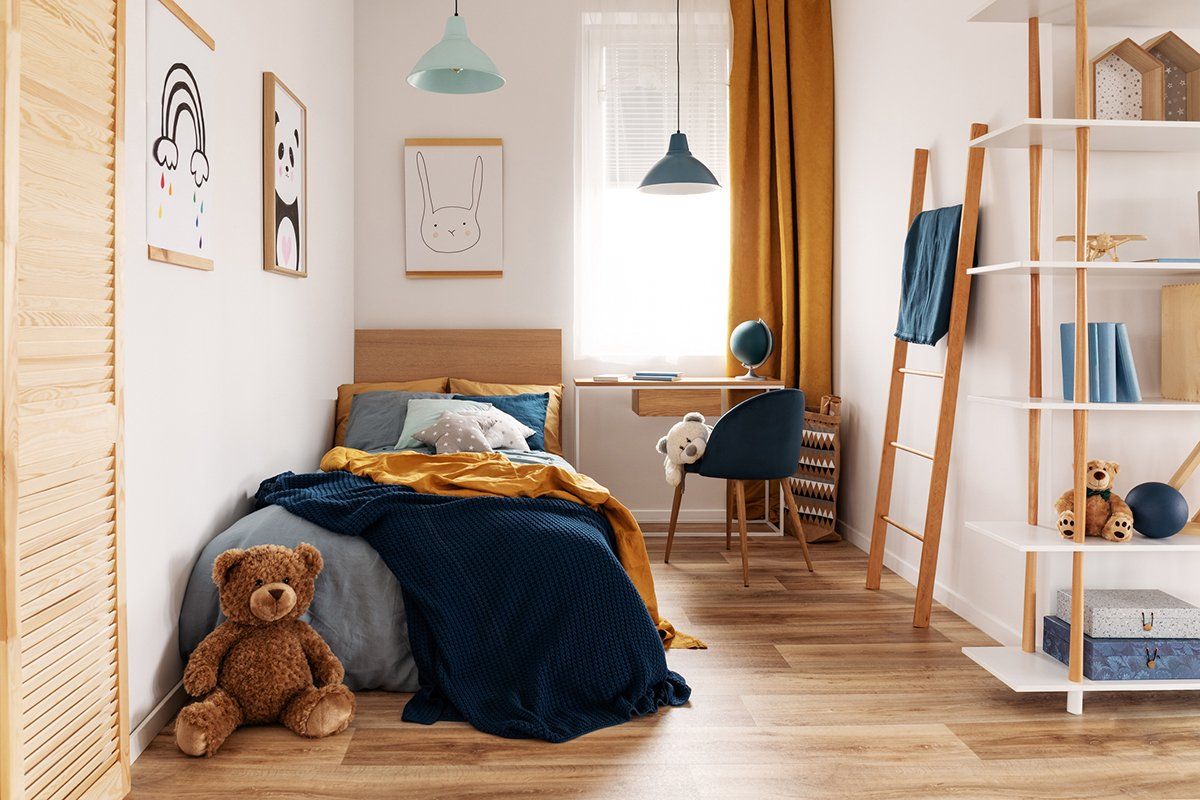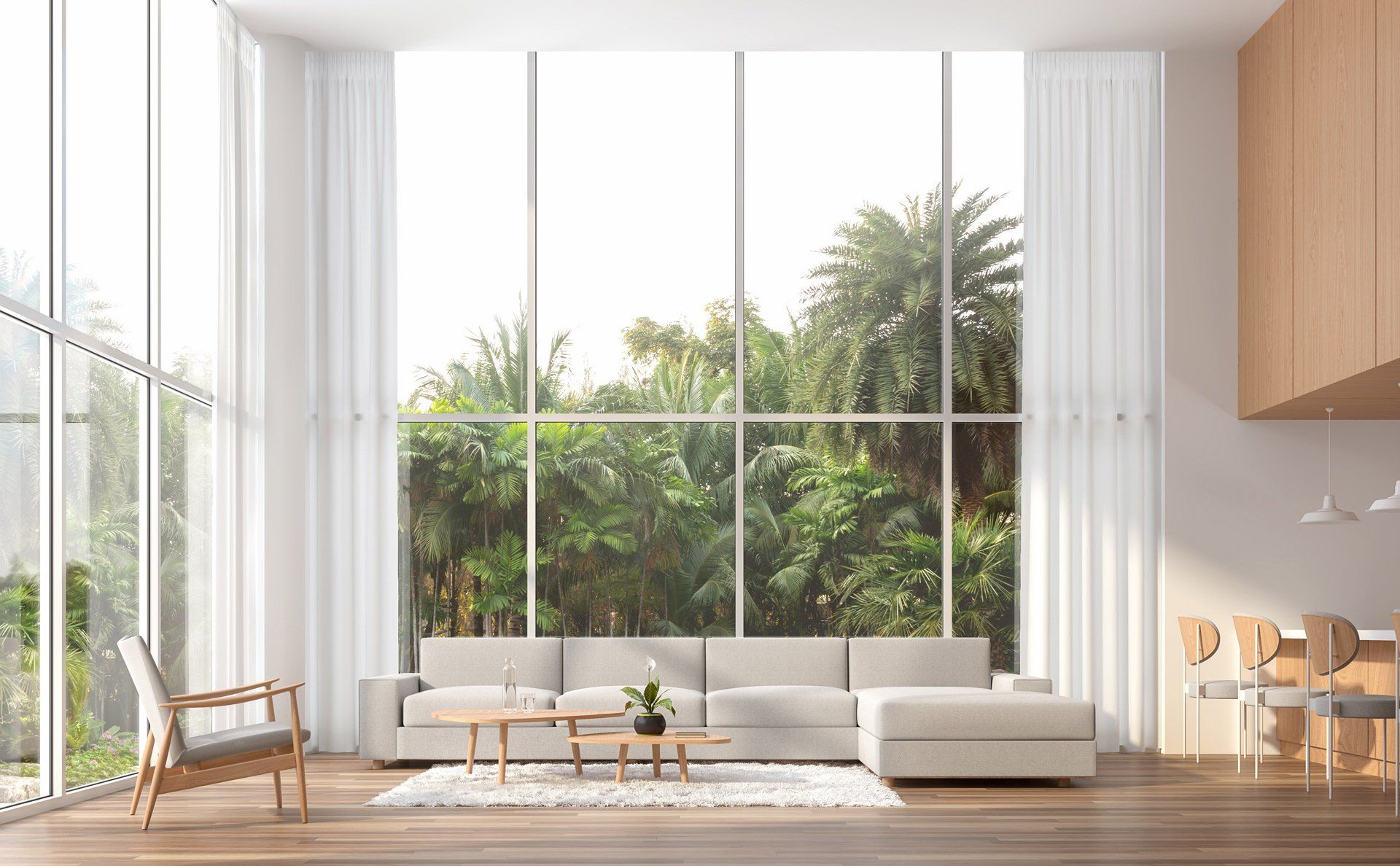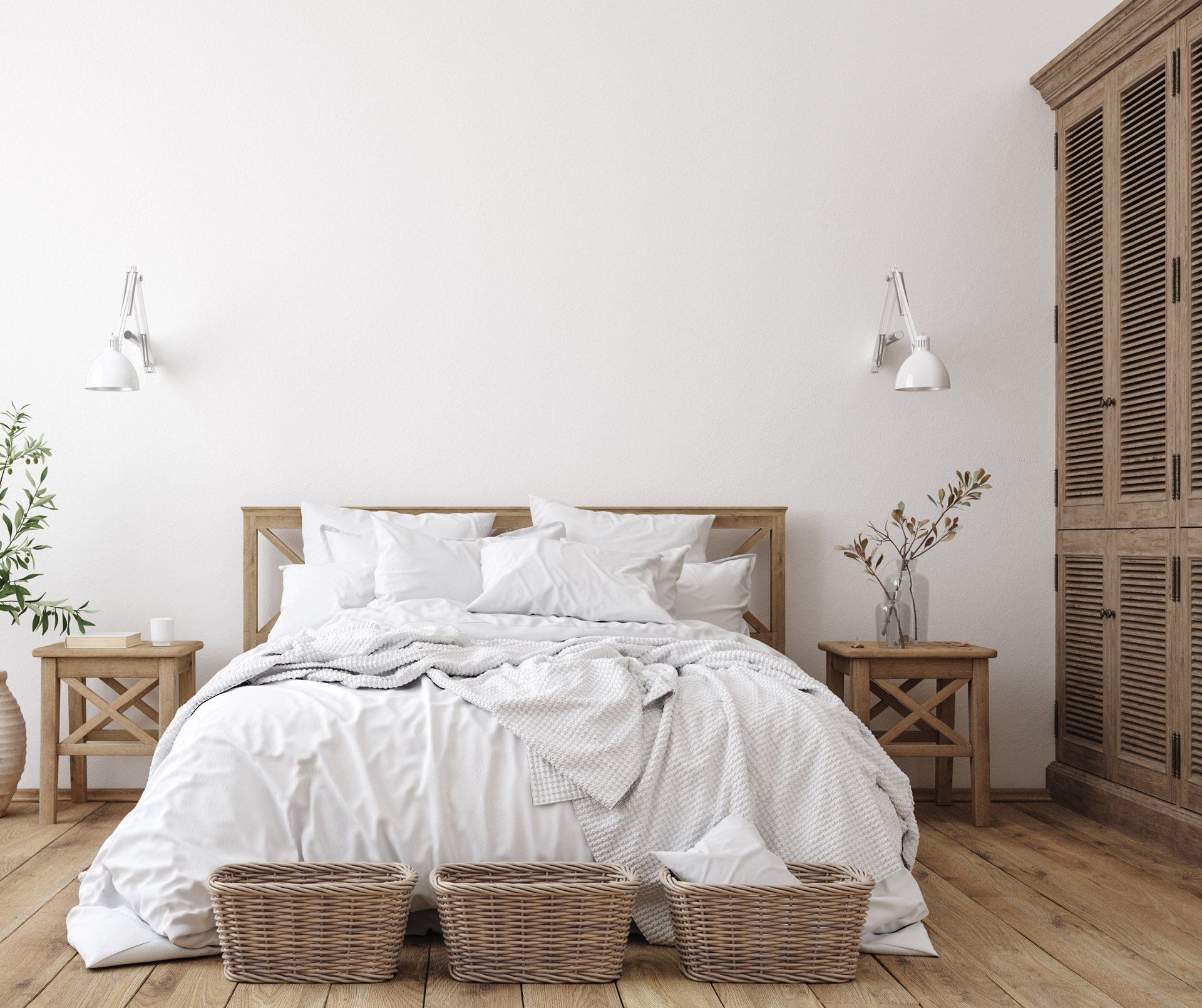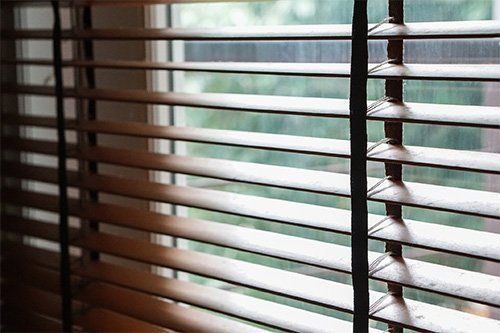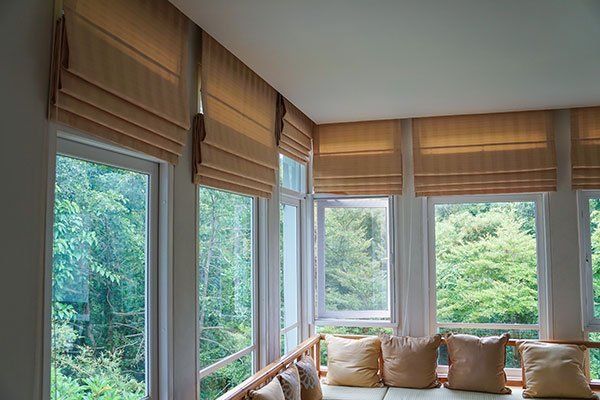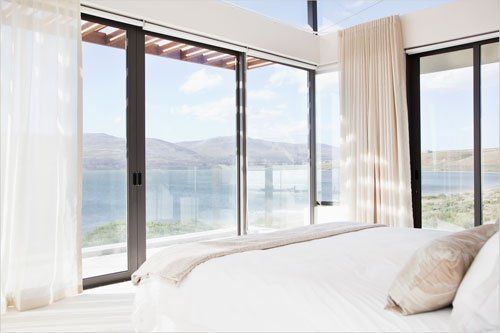Window treatments come in several different varieties, and each one has its own unique advantages. Here's a guide to the various window treatments you might get for your home and when it's right to use each of the options.
Blinds for Control
Blinds are slatted window treatments that have parallel pieces which are held together by strings. This construction gives blinds a level of control that other window coverings can't match.
With a blind, you have the option of both adjusting the entire blind and angling its slats. The full blind can cover all or part of the window, and the slats can be set at different angles to allow varying amounts of light in.
The high level of control that blinds offer makes them well-suited for rooms that you regularly use throughout the day. Install them in your kitchen, dining room, or living room, and you can adjust how much natural light enters the room as the sun shifts position throughout the day.
Shutters for Protection
Unlike other window treatments, shutters go on the exterior of a home. Some homeowners get them for purely decorative reasons, while others use them for decorative and functional purposes.
While functional shutters provide privacy and block out light, the level of control they offer doesn't equal that of blinds. Many have louvers (slats) that can be angled, but the shutters can't be pulled partway down a window like blinds can. Additionally, adjusting shutters requires going outside or reaching through a window, which makes people much less likely to adjust shutters throughout the day.
Because they go on the exterior of a house, though, shutters are able to provide protection that other window coverings can't. They're usually made from strong materials, and they serve as a barrier for the window. A shutter will block tree branches, bricks, and other objects that might be blown or thrown into a window's glass so that the glass doesn't shatter.
If you want decorative shutters, you may only put the shutters on the front side of your house where they'll have the maximum possible effect on curb appeal. If you want functional shutters that also offer protection, the shutters should go on all windows since something could go through any one of your home's windows.
Blackout Curtains for Quiet and Insulation
Blackout curtains are a specialized kind of curtain that's primarily designed to block out light when they're closed. They typically block 99 percent of light.
In addition to their light-blocking property, blackout curtains can also reduce sound levels and improve energy efficiency. Some blackout curtains lower outside noise that enters the home by 40 percent. Regarding energy, this type of curtain can curtail energy loss through windows by 25 percent.
Blackout curtains are commonly put in bedrooms, where people want darkness so that they can sleep more easily. If you live in a busy city or have low-grade windows, however, these curtains might also make sense for other rooms in your house thanks to their sound and temperature insulation.
Solar Shades for Dimness and Insulation
Solar shades act like sunglasses for your home's windows. They allow some sunlight through but dim it as it passes through them. They aren't as dark as blackout curtains, and they don't create lines of sunbeams like blinds' and shades' slats do.
Like blackout curtains, solar shades also help reduce energy costs. They can lower energy bills by at least 15 percent, depending on where they're installed.
Because solar shades are made to block sunlight, they should go in windows that get a lot of direct sunlight. These might be west-facing windows that the sun shines through during the afternoon and evening.
If you need window treatments, contact Genie's Drapery Service.
Contact Information
Business Hours
- Mon - Fri
- -
- Sat - Sun
- Closed


